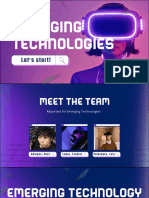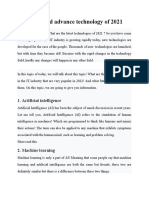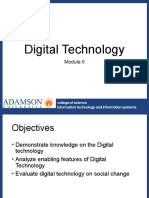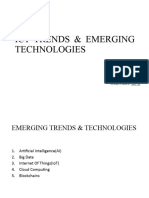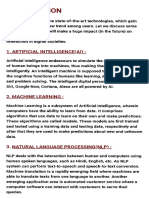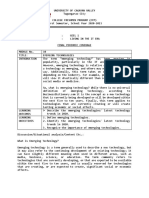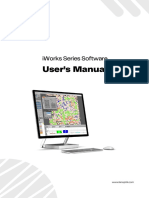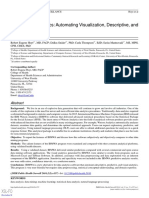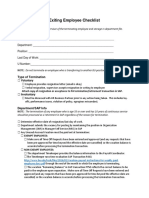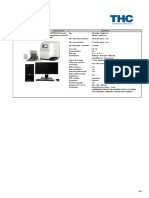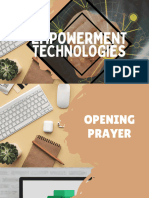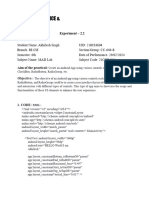0% found this document useful (0 votes)
51 views16 pagesCMPE 011 Module 1c
The document discusses emerging technologies that have the potential to significantly impact industries and society, including Artificial Intelligence, Machine Learning, Internet of Things, Blockchain, Quantum Computing, Biotechnology, and advancements in energy storage and renewable energy. Each technology is described with an overview and its applications. Additionally, it includes questions and answers related to the technologies covered.
Uploaded by
larvianzon.cvtCopyright
© © All Rights Reserved
We take content rights seriously. If you suspect this is your content, claim it here.
Available Formats
Download as PDF, TXT or read online on Scribd
0% found this document useful (0 votes)
51 views16 pagesCMPE 011 Module 1c
The document discusses emerging technologies that have the potential to significantly impact industries and society, including Artificial Intelligence, Machine Learning, Internet of Things, Blockchain, Quantum Computing, Biotechnology, and advancements in energy storage and renewable energy. Each technology is described with an overview and its applications. Additionally, it includes questions and answers related to the technologies covered.
Uploaded by
larvianzon.cvtCopyright
© © All Rights Reserved
We take content rights seriously. If you suspect this is your content, claim it here.
Available Formats
Download as PDF, TXT or read online on Scribd
/ 16






















